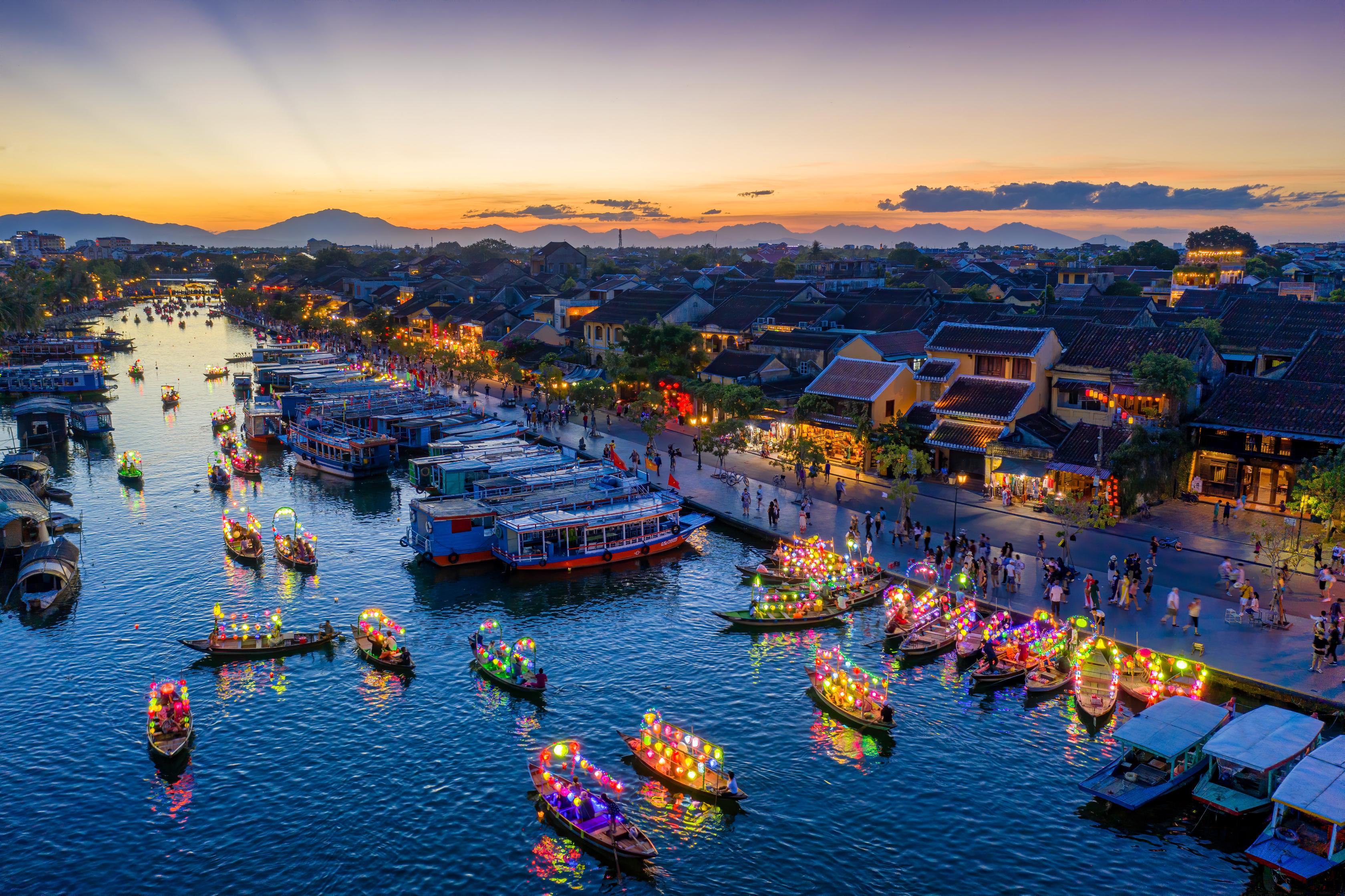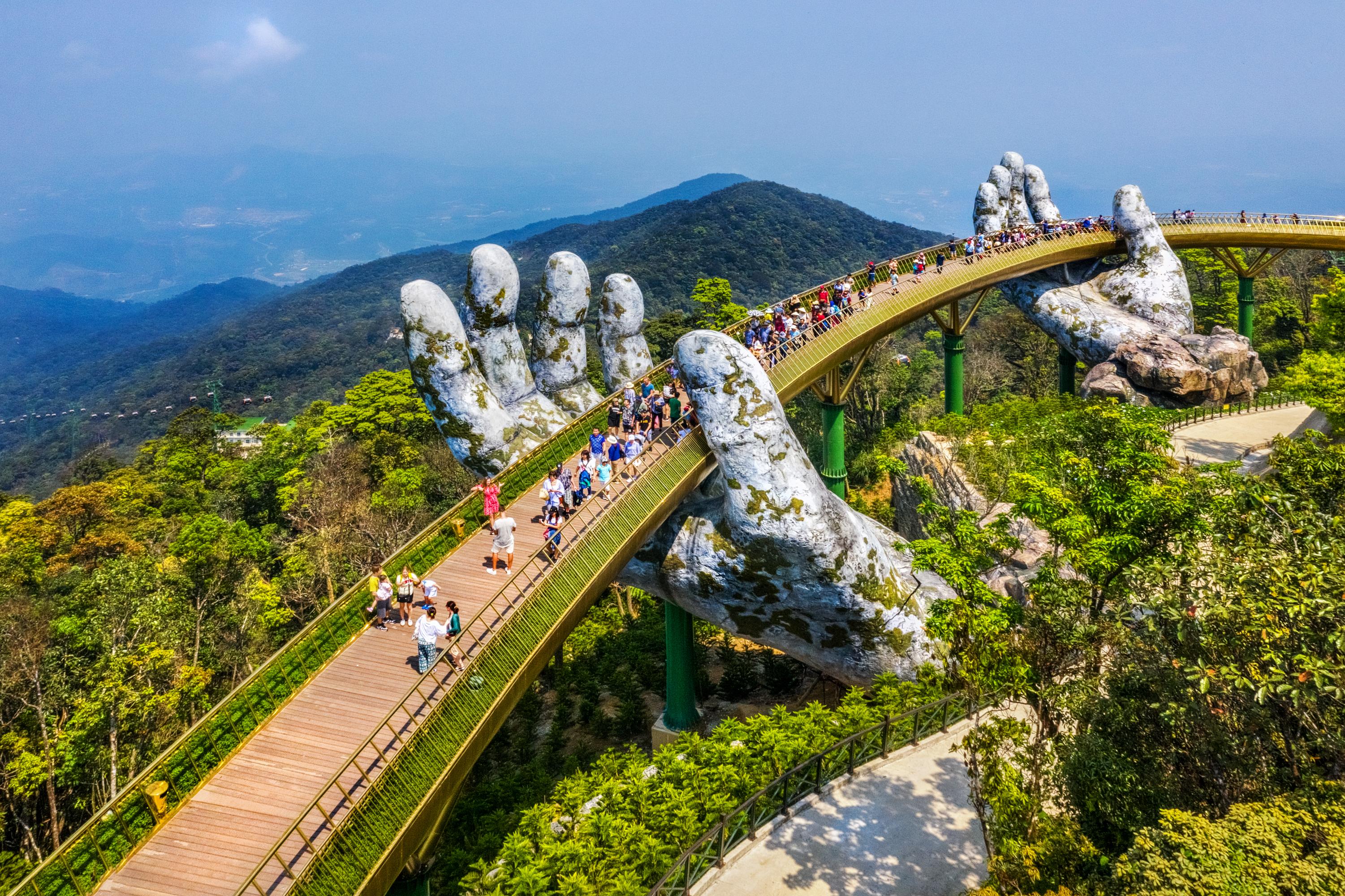
Vietnam is emerging as a major beneficiary of changing travel patterns among Chinese tourists in 2025. More than 3.5 million Chinese arrivals have helped fuel Vietnam’s best ever performance in tourism this year. Meanwhile, Thailand is facing a steep decline in Chinese visitor numbers — down about 35% so far in 2025. Airline seat capacity from China to Thailand has dropped by over 11% compared to the same period last year, indicating both reduced demand and potentially fewer flight offerings.
A big part of the shift is attitudinal and demographic. A wave of more independent, educated Chinese travellers — many of them first-time international travellers — are now preferring “authentic” experiences rather than traditional package tours. Vietnam is capitalizing on this; its tourist retail sector has seen about a 51% year-on-year increase in retail sales through August. Local initiatives are being rolled out too — for example, new festivals (e.g. hot air balloon, paragliding) in border provinces, more Mandarin-speaking staff in hotels, and improvements in services tailored to Chinese visitors.
Thailand, once the go-to for many Chinese tourists, is having to contend with several headwinds. Safety concerns — including high-profile incidents and reports of scams — have hurt perceptions. Rising travel costs, less favourable flight connectivity, and perhaps a sense of overcrowding are also cited. For Vietnam, by contrast, the combination of affordability, new flight routes, visa facilitation, and efforts to improve the travel experience are creating a competitive advantage.
Looking ahead, this shift could have durable effects on the tourism landscape in Southeast Asia. Vietnam is forecast to draw a record 22.6 million foreign arrivals in 2025, easily surpassing its pre-COVID high of about 18 million in 2019. Thailand, on the other hand, is likely to face revenue losses to the tune of US$3.5 billion or more, as Chinese spending flows to Vietnam and other destinations. For destinations in the region, the lesson is clear: catering to evolving tourist preferences, ensuring safety and positive traveler perceptions, and maintaining strong connectivity will be key to remaining competitive.




 Content Writer: Janice Chew • Tuesday, 25/09/2025 - 22:43:53 - PM
Content Writer: Janice Chew • Tuesday, 25/09/2025 - 22:43:53 - PM